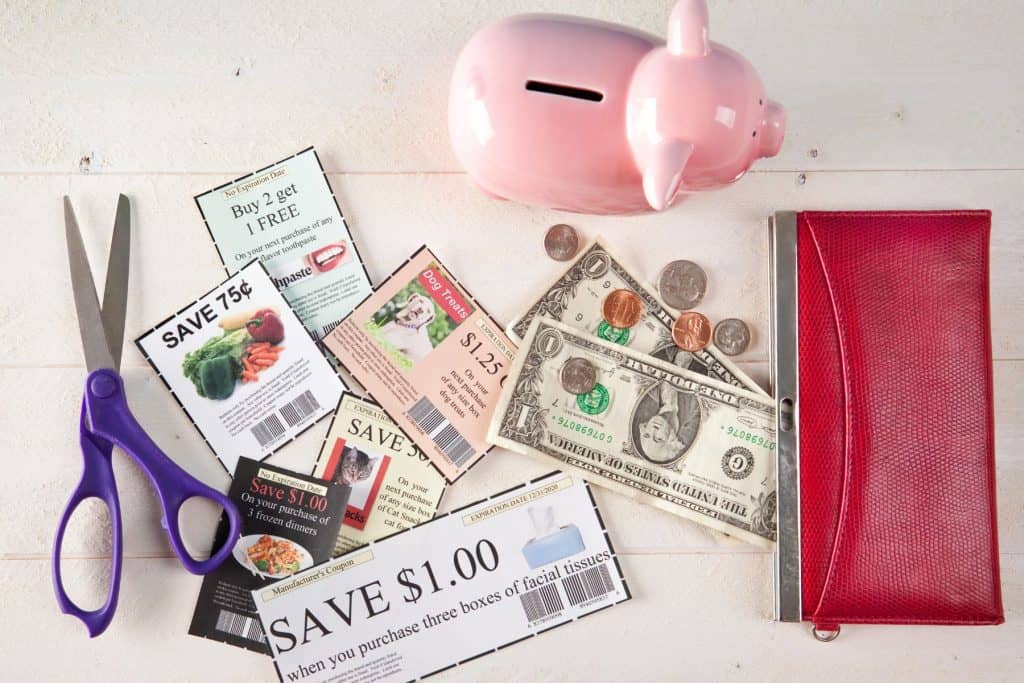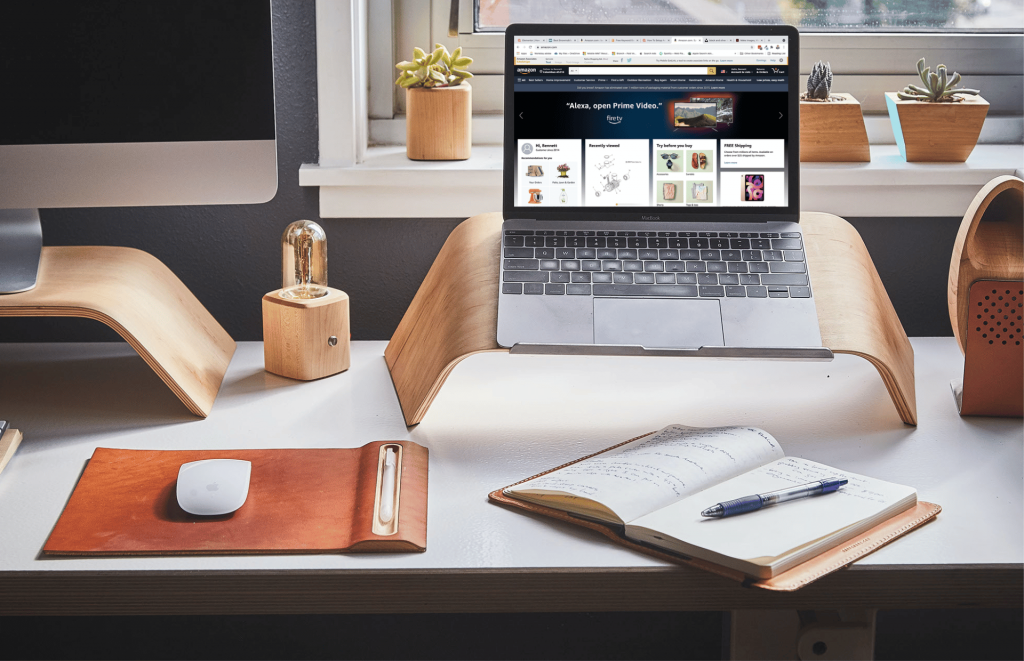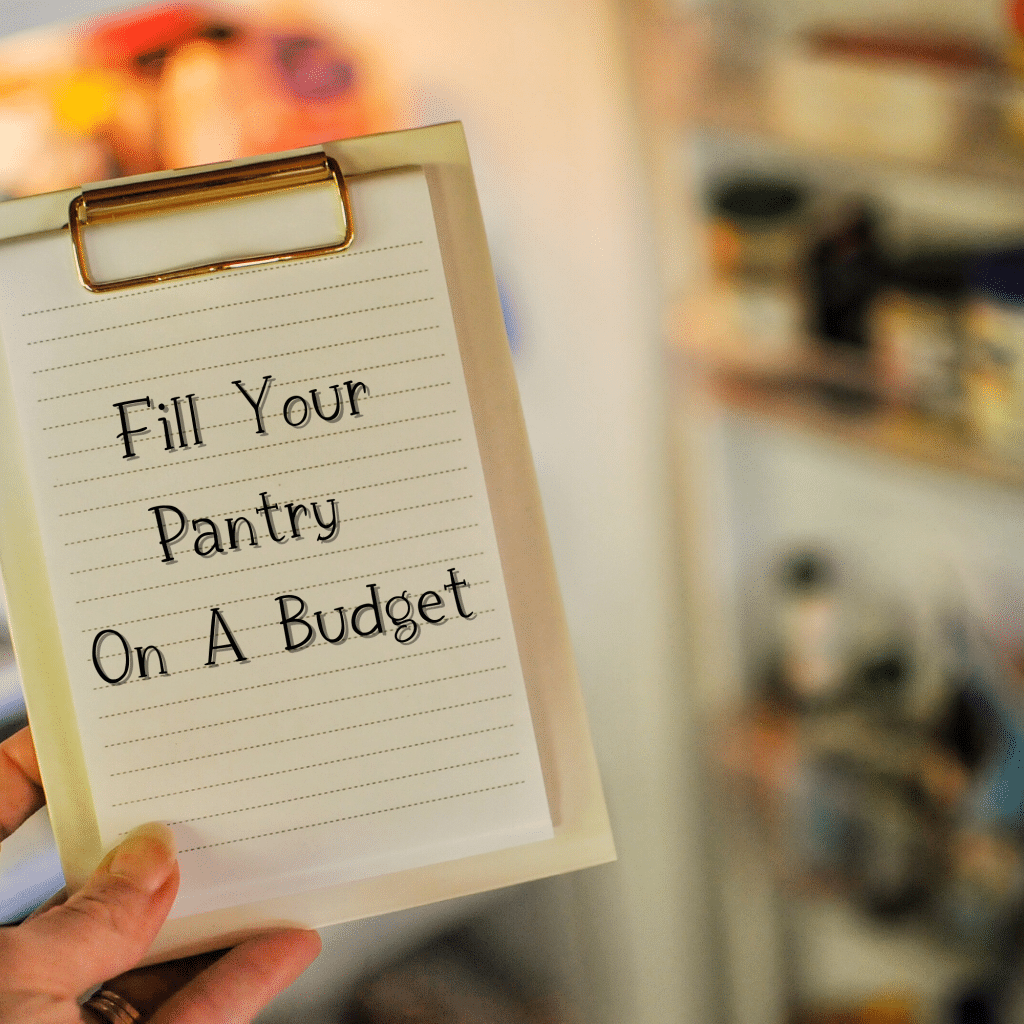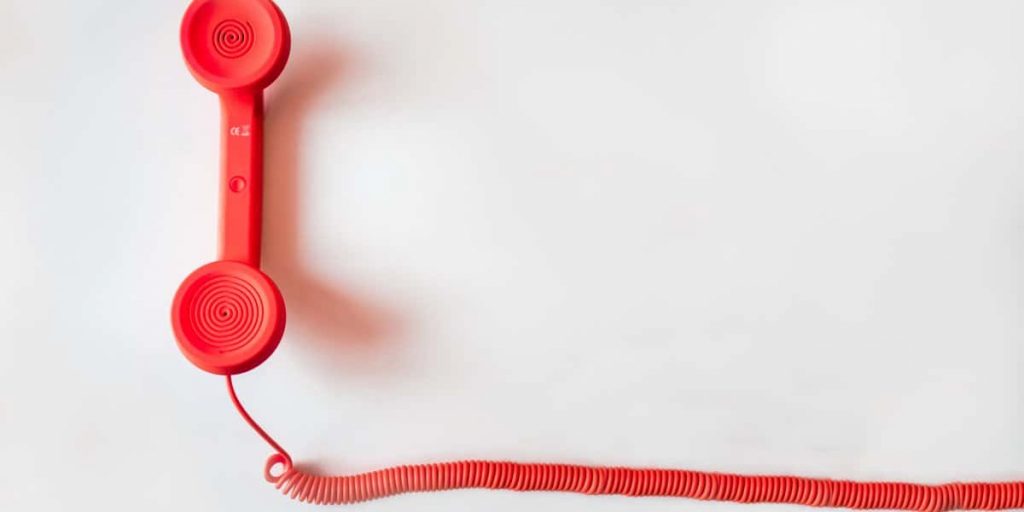The Beginner’s Guide to Budgeting (When You’re Broke)
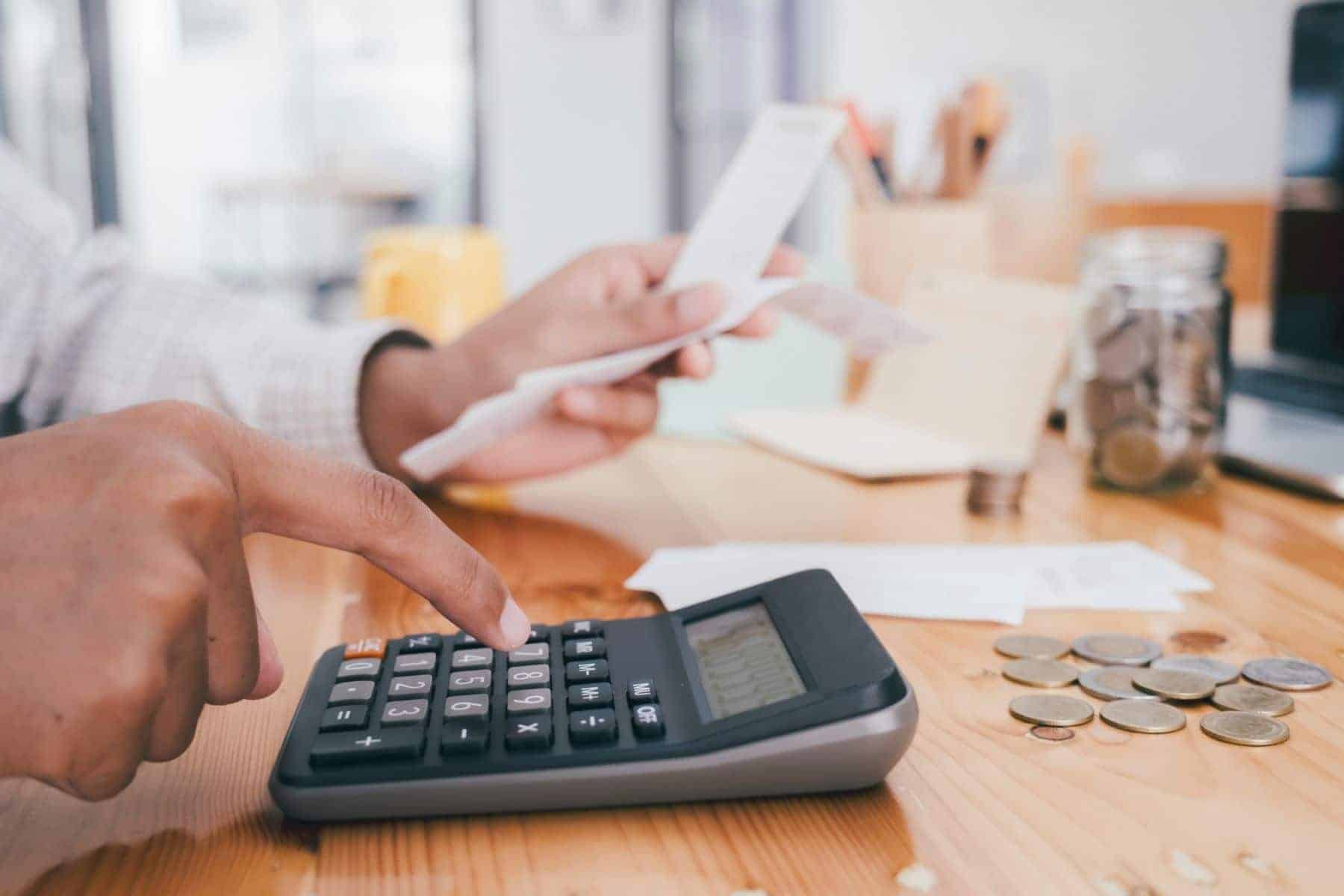
Budgeting can seem scary. It draws up images of long nights at the dining room table, pouring over papers with a calculator and a stack of papers, pulling at your hair and gritting your teeth. And trying to budget when you’re broke? Pfft.
It doesn’t have to be that way.
In fact, budgeting can be simple, quick, and life-changing.
Are you one of the 52% of Americans who don’t keep a monthly budget?
Let me know if this sounds familiar:
“There’s no point to me budgeting because there’s never any money left over at the end of the month anyway.”
“I tried to write a budget once but realizing what a mess my finances are in just depressed me.”
“On paper it looks like it doesn’t work but in real life we manage to get by, so I don’t bother to budget.”
If you said yes, you’re not alone. In fact, all of these statements are direct quotes from me.
I’d always been broke. The most money I’ve ever had to play with were when I was young, single, and living alone, working a minimum-wage job with tips. And even then I was broke, I just didn’t have the monthly expenses I have now as a mother of two, things like student loan payments were the farthest from my mind.
Until a couple years ago, when I started looking into personal finance with a critical eye. And I realized, there were people with incomes like mine, and debt like mine, who were managing it way better than I was and able to live better lives as a result.
Now, budgeting, couponing, and debt repayment strategies are part of my daily vocabulary. And if there’s one thing I’ve learned from my foray into personal finance, it’s that you never have too little money to write a budget. In fact, the earlier you start, the better.
Please note: I am not a financial expert. I AM however an expert on being broke as hell, making it work and getting through it .
The first step taking control of your financial life is having a monthly plan for your money – where it goes and what it’s doing there. But first, you need to know what the situation is on paper. I always felt that I could probably stick to a budget if I could write one, but writing it out seemed like such a daunting task I kept putting it off. I promise, it’s not as scary as it seems once you get started!
All you really need to write a budget is a pen or pencil and a piece of paper. Truly.
It’s nice to have a budget planner to keep everything in one place, but if you don’t have or want one, don’t let that stop you from starting now.
So you’ve got your pen and paper? Let’s start.
Step 1: Income
At the top of your paper, you’re going to write down your net monthly income; that’s the money you bring home after taxes and deductions.
This can be simple, if you work for someone else. If you’re self-employed, or your income depends on how much client work you’ve been able to secure, that can be more complicated. In that case, you’ll want to write down just the minimum amount you can definitely rely on getting each month. (There’s nothing worse than writing out a whole budget and then realizing you don’t actually have that amount of money!)
If you frequently have fluctuations in your monthly income (for example, if you work seasonally, or have a high-paying client every two months or so), you have two options: You can work out different monthly budgets depending on your income that month, or you can set that extra income aside when it comes in and portion it out through the leaner months, working an “average income” into your budget. I’ll go over this in more detail in a later post, but for now, we’re going to cover writing a budget with your minimum amount of income.
Step 2: Your Expenses
Write down your monthly fixed expenses. This is stuff like your rent, car payment, phone bill and all recurring monthly payments that stay mostly the same from month to month. Keep separate lines for each expense, but add these together before moving to the next step.
Step 3: Fluid monthly expenses
Once you’ve added your fixed expenses together and subtracted that total from your income, what you have left is what’s available to you for fluid expenses. These are your expenses that change every month, like your shopping & entertainment budgets, but don’t celebrate yet, this also includes your grocery bill, your gas, and your extra debt repayments. Calculate what you spend on these, on average, starting with the most important first (I recommend groceries), and working down the list to least important. Don’t fudge these numbers, even if they don’t add up to fit your income it’s important that you know your expenses as accurately as possible so you know where to reassess.
Some people keep their fixed and fluid expenses lumped together as “expenses” and leave it at that. There’s nothing wrong with that, but when you have to juggle some numbers around, it’s a lot easier to create wiggle room from your clothing budget than, say, your electricity bill. So I prefer to keep them separate.
Sidenote: How do I track my expenses?!
Sometimes you’ll be making a budget and realize you have no idea how much money you spend on, say, gas or groceries in the run of a month. In that case, you need to track your expenses.
Start with three to six months worth of bank statements. You can definitely do just one month, but for variable expenses, and especially if you haven’t been paying attention to how much money you spend in each category, you’ll get a much more realistic average with more months. I don’t get paper statements in the mail, so I printed out my statements from my bank account online. If you can’t do this, your bank should be able to give you a printout of your statements from the teller.
Grab some highlighters and markers and pick a color code. I chose green for gas purchases, yellow for groceries, blue for fast food (I kept this separate so I could prove to my husband that we ate fast food more often than we should), and pink for miscellaneous expenses. You can choose to isolate whatever expenses fit your lifestyle and your financial goals.
So you’re going to go through your statements and highlight, in the corresponding color, everywhere those expenses show up. When you’ve gone through all of your statements, add up the total highlighted in each color, then divide that number by the number of months you’ve selected.
For example, if you’ve got three months worth of bank statements and you’ve highlighted all instances where you’ve purchased gas in green, you would add all of those totals together, then divide by three.
That number will give you an average of what you spend on gas each month.
If you’re not happy with that number (I predictably wasn’t thrilled at what our fast-food habit was adding up to), now’s the time to commit to a change. Budget a smaller (but still realistic) number for that expense and decide what you’ll do differently in the future to achieve that goal.
Step 4: Plan for future expenses
You probably don’t have the same number of birthday parties to attend every month. You for sure aren’t paying for major, fund-heavy holidays every month. And you know as well as I do that life throws you a curve ball once in a while where your car is fine one day and requiring $1500 worth of repairs the next.
If you haven’t budgeted for those, they can and will destroy your budget, and when you don’t have a lot of wiggle room, it can take months (or even years) to get back on track. The key to living your life well on a low income – not just surviving, but thriving is being prepared for those curve balls, being able to handle them when they hit and move on.
This is where setting money aside separate from your usual savings comes in. If you’re already saving, that’s great! But having to take money out of your down payment savings account for your first home for something like a car repair, that’s not ideal, and it’s demoralizing as heck. If you’re not already saving (but you’re going to start after this post, right?), this is why you need to keep these funds separate from your regular savings.
You can do this multiple ways: You can take the cash out every month and stash it in a collection of envelopes, marked “Christmas gifts”, “car repairs”, “Aunt Melda comes to visit and wants to eat steak every night”. You can open a dozen different savings accounts for different purposes and transfer the money in there every month. Or you can keep it all in the same place, but have it tracked on paper so you know how much is earmarked for what purpose. The choice is yours, and different people will have different preferences.
Throwing $5 a month into a “future car repairs” fund when your budget has so little wiggle room and your car is running fine can feel frustrating. Don’t give in to temptation – when that car repair hits, you’ll be grateful for that stash.
Step 5: Reassess and add in financial goals
It’s possible that at this point you’re feeling a little stressed – maybe your expenses add up to more than you thought, or you’re shocked to discover how much you spend on takeout in a month. Maybe you just realized, like I did the first time I made a budget, that your expenses exceed your income and your lifestyle isn’t sustainable. Take a deep breath. This is where you reassess.
Go back over your budget again, where can you make cuts? What can you pare down? Think critically, and creatively, about your life. Can you change the way you do something to shave a few bucks off each month? Don’t just tweak the numbers, commit to making the changes in your life to follow through on those tweaks. (We’ll be talking more below about how to make cuts in your budget to make everything fit neatly)
While you do this, think about your financial goals. Are you paying down debt, saving for a house or vacation, putting money aside for your retirement, your kids? Working with what you have available and what you can make available, set a line item in your budget for each of your financial goals and commit to a monthly payment toward that. This is also where any unexpected income will go.
Step 5: Tracking!
Budgeting isn’t a set-it-and-forget-it type of deal. As with any type of lifestyle change (yes, budgeting is a lifestyle change!), the real work is long-term and ongoing. Set aside one day each month to go back over your budget and revise as needed, looking at what worked and what didn’t work last month and moving things around as necessary. Revisit your financial goals as you do this checking in frequently will help keep you on track and enable you to catch problem areas before they pop up and derail you.
The most important part of ongoing budgeting is paying your bills on time and calculating what’s left from certain categories (like groceries) after you spend without this, I’ll be honest, your budget just will not work. The absolute best way to do this is a calendar. I use calendar pages in my budget binder so all of my information is in the same place, but even just a wall calendar hung somewhere you can easily see it will work too.
Write down what dates your bills are due, what dates your income comes in, and how much you spent on your fluid expenses. As a best practice, color-code these so they’re recognizable at a glance and you can keep track of things easily as the month moves on.
Congratulations! You now have a working budget. Give yourself a pat on the back, because you deserve it.

